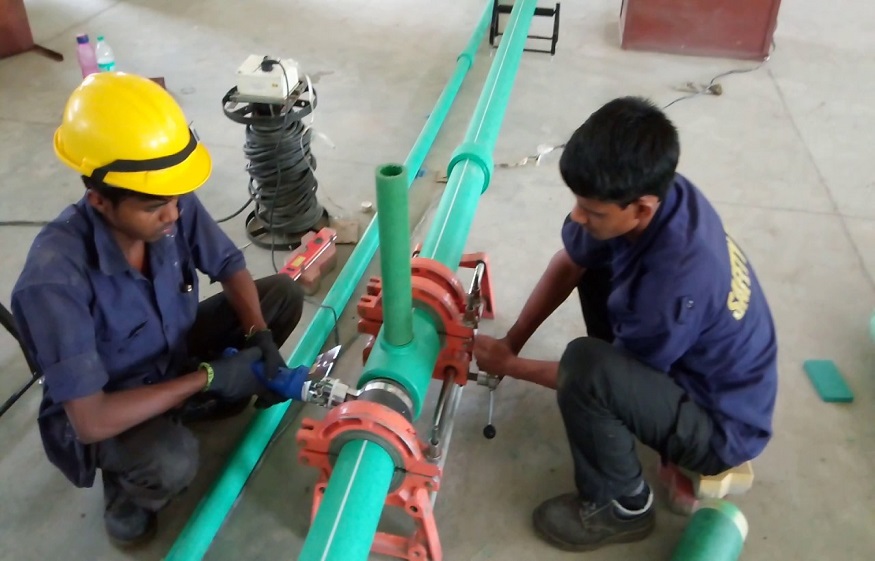PPR pipes are fabricated in all various shapes and are utilized in a wide range of businesses for a wide scope of purposes. While many might feel that PPR pipes are consistently tube-shaped and straight, they are made in an assortment of shapes, sizes, and thicknesses, contingent upon what they are required for; at times they are tube-shaped, however different occasions they are round, rectangular, or molded into loops.
A PPR pipe producer can unexpectedly make these segments. Lines can be welded or made flawlessly and they can be produced using different blends of metal composites. A few producers use salvaged material to make these also. On account of salvaged material, it should be liquefied down. During the way toward softening, different components like chromium, manganese, and more are included along with the blend to make the ideal science. Undesirable components are eliminated. Dissolving is the start of the assembling cycle.
When the materials have been liquefied, they are moved to a purifier. During the refinement interaction, more undesirable components are dispensed with and more wanted segments are added to result in the PPR is the fitting science and hardness.
After the ideal blend has been made, the fluid can be filled with molds. Once in the form, the PPR cools into ingots. If the PPR is to be molded into plates or sheets, or round objects, similar to bars or bars, the material is formed utilizing enormous rollers that apply a lot of pressing factors.
To make sprouts, which are what get shaped into PPR pipes, the ingot is put through rollers that move in inverse ways to crush and stretch the material into flimsy, long pieces. When the sprout is made, it is then handled further into what is known as a billet. A billet is a much smaller blossom. These are cut and stacked, then, at that point, ultimately are framed into a consistent PPR pipe. To do so, the billets that will be utilized are warmed and formed into a round, which is a tube-shaped shape. This piece is then positioned in a heater to warm it and afterward is rolled. To make a decent round shape, a piercer, which is formed like a projectile, is put through the center of the billet while it is being rolled. Billets can likewise be worked into welded PPR pipes. After the ideal shape has been accomplished, the lines go through a fixing machine. They can have joints added or be associated with different lines; stringing can be added also. PPR pipe manufacturer make this segment to ship gas, as an electrical course, and for plumbing. These lines range in size from small and incredibly slim, like a hypodermic needle, to thick and tough for all the more hardcore occupations.

